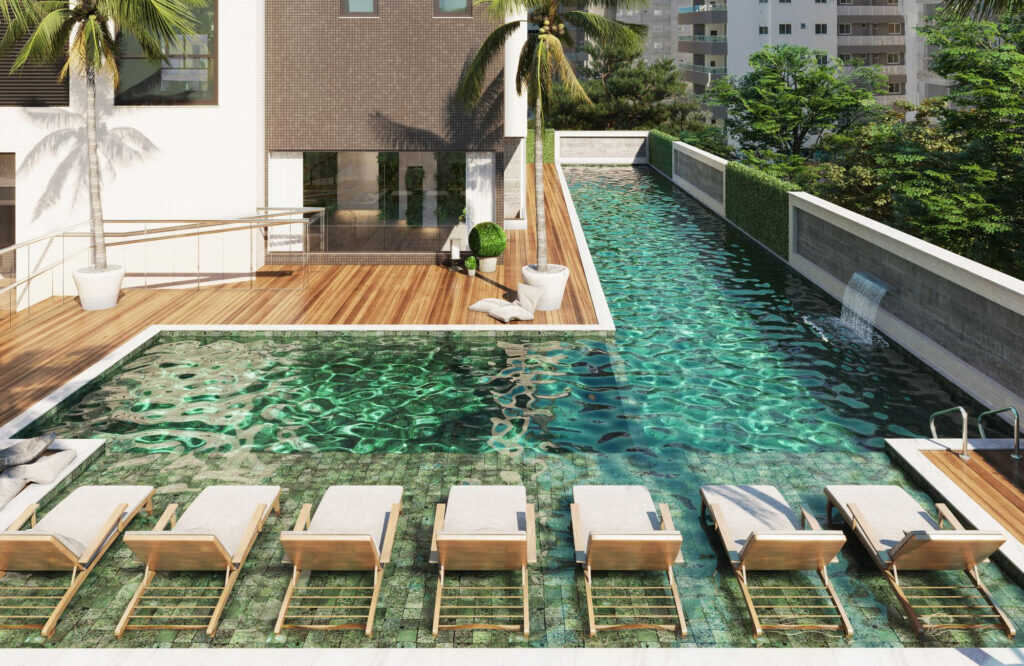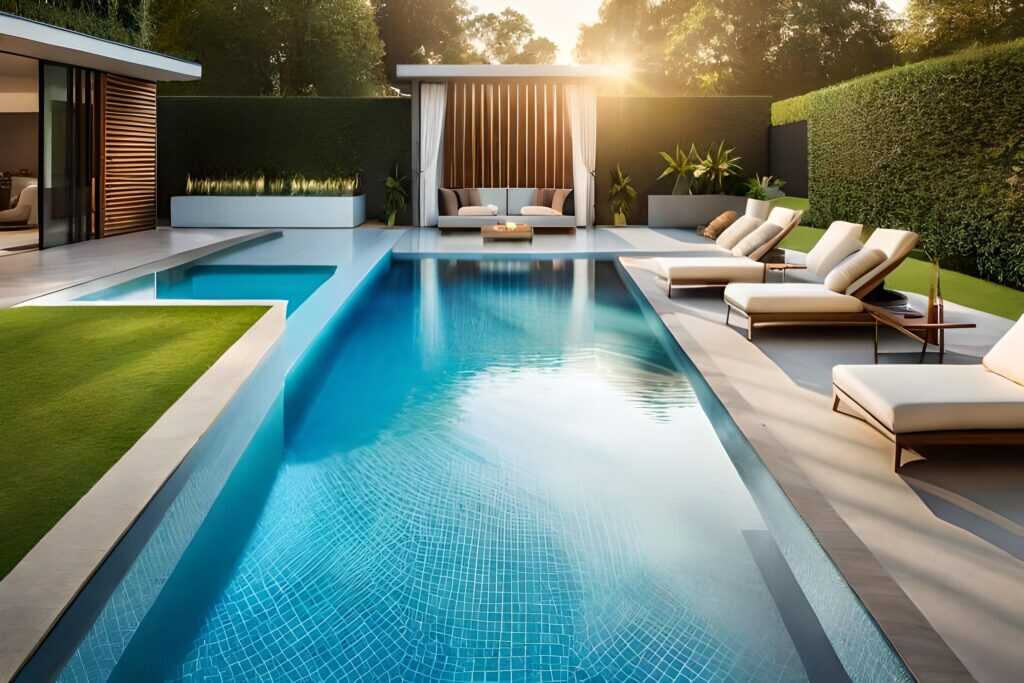How to Maintain an Energy-Efficient Pool Setup
Discover how to maintain an energy-efficient pool setup that saves you money and helps the environment. Learn practical tips and strategies in this guide.
Maintaining an energy-efficient pool setup is not only beneficial for the environment, but it also saves money on utility bills and extends the life of your pool equipment. In a time when environmental sustainability is paramount, pool owners can adopt various strategies to reduce energy consumption effectively. This comprehensive guide will delve into the essential elements of an energy-efficient pool, providing you with actionable insights and strategies to enhance your pool setup. From choosing energy-efficient equipment to implementing smart operational practices, we will cover everything you need to know to maintain an energy-efficient pool.
The Importance of Energy Efficiency in Pool Maintenance
– Energy efficiency in pool maintenance plays a critical role in reducing carbon footprints and lowering operational costs.- According to the U.S. Department of Energy, swimming pools can be significant energy consumers, with heating and filtration systems often accounting for the majority of energy use.- For instance, a typical residential pool can consume up to 2,500 kWh annually, making energy-efficient practices crucial for pool owners looking to cut costs and minimize environmental impact.Implementing energy-efficient practices can lead to substantial savings. For example, using a high-efficiency pool pump can reduce energy consumption by up to 70%. Moreover, by investing in energy-efficient pool heating systems—such as solar heaters or heat pumps—you can significantly lower heating costs while enjoying a comfortable swimming season.
Choosing Energy-Efficient Equipment
Investing in energy-efficient equipment is one of the most effective ways to maintain an energy-efficient pool. Here are some key components to consider:- Variable-Speed Pool Pumps: Unlike traditional single-speed pumps, variable-speed pumps allow you to adjust the flow rate according to your pool’s needs. This flexibility can reduce energy costs by up to 80%.- Energy-Efficient Heaters: Look for heaters with high energy efficiency ratings. Solar heaters harness the sun’s energy, while heat pumps use ambient air to heat the water, both of which can significantly lower energy bills.- LED Lighting: Replace traditional incandescent pool lights with LED lights. They consume significantly less energy and last much longer, providing a great long-term investment for pool owners.- Automatic Pool Covers: Investing in an automatic pool cover can retain heat and reduce evaporation, thereby lowering heating costs. Covers also reduce the need for chemical treatments by minimizing debris and sunlight exposure.By choosing energy-efficient equipment, not only can you lower your utility bills, but you can also enhance the longevity of your pool systems. If you are interested in acquiring such efficient equipment, consider exploring
pool routes for sale to find service providers who can assist you.
Optimizing Pool Operation Practices
In addition to investing in energy-efficient equipment, optimizing your pool’s operation practices can lead to significant energy savings. Here are some practical strategies:- Regular Maintenance: Keeping your pool equipment well-maintained ensures optimal performance. Regularly clean filters, check for leaks, and ensure that pool pumps and heaters are functioning efficiently.- Smart Pool Management: Utilize timers and automation systems to run pumps and heaters only when necessary. Scheduling operations during off-peak energy hours can further reduce costs.- Water Temperature Management: Keep your pool water at a comfortable yet energy-efficient temperature. Lowering the temperature by even a few degrees can lead to significant savings in heating costs.- Regular Water Testing: Regularly test and balance your pool’s water chemistry. Proper chemical balance can reduce the workload on your filtration system, leading to lower energy consumption.By adopting these operational practices, you not only enhance energy efficiency but also improve the overall quality and safety of your pool. For inspiration on how to manage your pool service effectively, consider looking into
Pool Routes How It Works to gain insights on efficient route management.
Utilizing Renewable Energy Sources
Integrating renewable energy sources into your pool setup can drastically reduce reliance on traditional energy. Here’s how you can do this:- Solar Panels: Installing solar panels to power your pool equipment can lead to substantial savings. The initial investment can be offset by reduced electricity bills, making it a financially sound choice in the long run.- Heat Pumps: As mentioned earlier, heat pumps are an excellent alternative to traditional gas or electric heaters. They harness ambient heat and can operate efficiently, even in cooler weather, providing a sustainable heating option.A study by the National Renewable Energy Laboratory indicates that households using solar energy can save between $10,000 and $30,000 over the lifetime of a solar system, depending on location and energy usage. Not only does this transition support the environment, but it also offers long-term financial benefits.
Water Conservation Techniques
Water conservation is an often-overlooked aspect of maintaining an energy-efficient pool. Here are several effective techniques to consider:- Evaporation Reduction: Use pool covers when the pool is not in use to reduce evaporation. This practice keeps your pool warm and minimizes the need for additional heating.- Correct Pool Sizing: Ensure that your pool is appropriately sized for your needs. Larger pools require more energy to maintain, so opting for a smaller pool can lead to significant savings.- Efficient Water Features: If you have water features like fountains or waterfalls, consider installing energy-efficient pumps that use less electricity.Utilizing these water conservation techniques not only benefits the environment but also aligns with the overall goal of reducing energy consumption. For those looking to dive deeper into the pool maintenance industry, exploring
pool routes for sale in your region can provide access to established client bases and operational know-how.
Conclusion
In conclusion, maintaining an energy-efficient pool setup is a crucial step towards sustainability and cost-effectiveness. By investing in energy-efficient equipment, optimizing operational practices, utilizing renewable energy sources, and conserving water, you can significantly reduce your pool’s energy consumption. The strategies outlined in this article provide a comprehensive approach to enhancing your pool’s efficiency, benefiting both your wallet and the environment. As you consider implementing these changes, remember that every small adjustment can lead to substantial savings over time. If you’re an aspiring entrepreneur or an existing service provider looking to expand your offerings in the pool maintenance industry, don’t hesitate to
contact us to learn more about how
Superior Pool Routes can support your journey towards running an efficient and successful pool service business. Let’s work together to create a more energy-efficient future for our pools!



